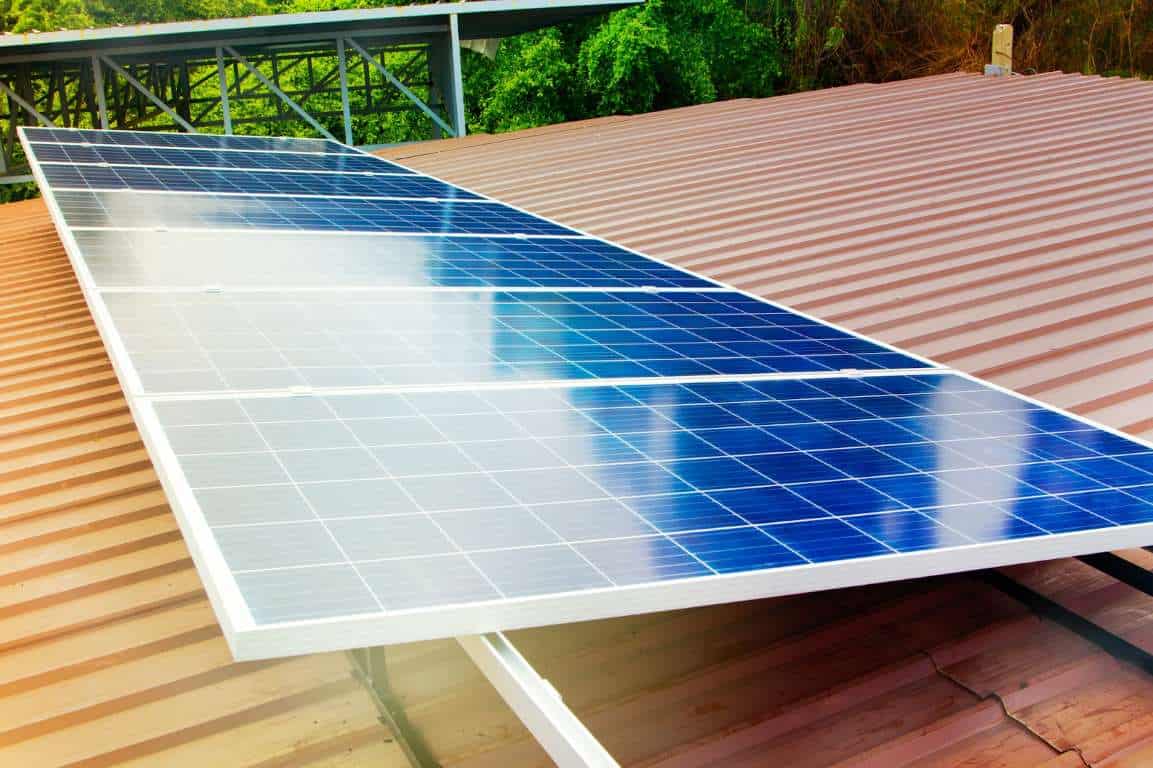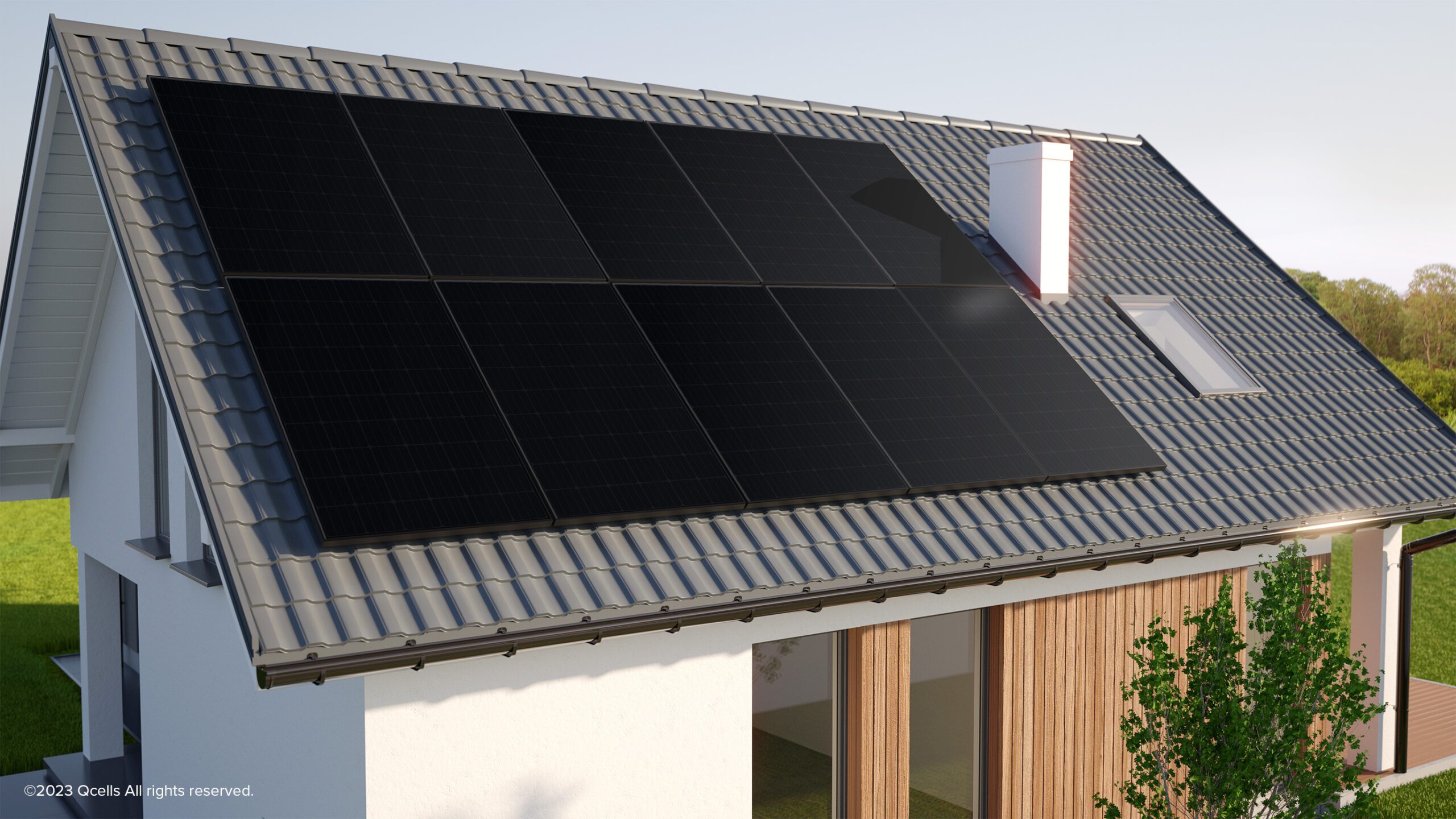What are the Standard Sizes and Specifications for Residential Solar Panels
Residential solar panels usually measure ~65"x39"x1.4" (165x99x3.5cm), deliver 370-400W with 20-22% efficiency (PERC/TOPCon cells), fitting standard racking for straightforward home installation.
Common Panel Dimensions
The most common residential panels today are based on the 60-cell and 66-cell format, with a strong trend towards larger 72-cell panels for more power-dense installations. Typically, you can expect the length of a standard 60-cell panel to fall between 65 and 78 inches(165 to 198 cm), while the width consistently clusters around 39 to 41 inches(99 to 104 cm). The thickness of most panels is a remarkably uniform 1.4 to 1.8 inches(35 to 40 mm), a dimension dictated by the size of the silicon cells and the aluminum frame. For example, a very popular 400-watt residential panel might have specific dimensions of 68.5 inches long by 41.2 inches wide by 1.6 inches thick(1740 mm x 1047 mm x 40 mm).
For a typical 60-cell panel measuring around 66 inches by 40 inches, the surface area is approximately 18.3 square feet(1.7 square meters). This means that for every kilowatt (kW) of system size using 400-watt panels, you will need about 25 square feetof clear roof space, not including mandatory setback requirements for fire codes.Conversely, 72-cell panels, which are roughly 78 inches long, generate more power per panel but require a longer, uninterrupted section of roof. Their larger individual size can sometimes make them harder to maneuver into place on a steep roof, potentially adding 5 to 15 percent more time per panel for installation.
A key takeaway is that panel wattage and physical size are directly linked. A 300-watt panel from a decade ago often occupied the same 18-square-foot area as a modern 420-watt panel. The efficiency gain means you now generate 40 percent more power from the same rooftop footprint.
A standard residential panel weighs between 40 and 50 pounds(18 to 23 kg). While this may not sound like much, a full array of 20 panels adds a static load of nearly 1,000 pounds to your roof. Local fire codes frequently mandate a 3-foot wide pathway along the roof ridge and an 18-inch to 36-inchclearance along the edges. These setbacks, which can reduce your usable roof area by 10 to 20 percent, are not optional; they are critical for firefighter access and safety.

Weight and Rooftop Load
A single residential panel typically weighs between 42 and 50 pounds(19 to 23 kg). This might seem manageable on its own, but a full system changes the equation entirely. An average-sized residential solar system, comprising 20 to 30 panels, can add a total static load of 1,000 to 1,500 pounds(450 to 680 kg) to your roof's structure.
Most modern residential roofs in the United States are built to a building code that specifies a minimum dead load capacity of an additional 5 to 10 pounds per square foot (psf). To put this in perspective, a standard 40-pound, 18-square-foot panel exerts a pressure of about 2.2 psf just by itself. When you add the weight of aluminum racking, which can be another 0.5 to 1 psf, the total added load is often in the range of 3 to 4 psf.
A professional installer will always calculate the combined weight load (panels + racking) in pounds per square foot and compare it to your roof's certified load capacity. This is a non-negotiable step in a quality installation.
The following table provides a quick reference for the weight specifications of common residential panel types:
Panel Type (by cell count) | Typical Weight Range | Average Weight | Pressure (PSF) |
60-cell | 40 - 45 lbs (18 - 20.5 kg) | 42.5 lbs (19.3 kg) | ~2.3 psf |
72-cell | 48 - 52 lbs (22 - 24 kg) | 50 lbs (22.7 kg) | ~2.5 psf |
Using a ballast system on a flat roof, which uses concrete blocks to hold the array in place without penetrating the roof, can increase power by 8 to 12 ps. A qualified installer will assess your roof's framing—the spacing of rafters or trusses (typically 16 or 24 inches on center)—and the condition of the roof sheathing. In older homes, or if the existing structure is deemed insufficient, a structural engineer may recommend adding supports, which can increase the project's cost by 5 to 15 percent.
Power Output
A standard residential panel available today typically ranges from 370 watts to 450 watts, with premium models pushing past 500 watts. This "nameplate" rating, expressed in watts (W), represents the panel's potential output under ideal laboratory conditions, known as Standard Test Conditions (STC). These conditions include a consistent light intensity of 1000 watts per square meter and a cell temperature of 25°C (77°F). For example, a 7.6 kW system, a common residential size, would require about 20 panels rated at 380 watts each. The evolution has been rapid; just five years ago, the average panel was closer to 280 watts, meaning modern systems generate over 50% more power in the same rooftop footprint.
Panel Wattage (W) | Estimated Annual Output (kWh) - Southwest US | Estimated Annual Output (kWh) - Northeast US | Panels Needed for a 10,000 kWh/Year System |
350 W | ~510 kWh | ~400 kWh | 28 - 25 panels |
400 W | ~580 kWh | ~460 kWh | 22 - 20 panels |
450 W | ~655 kWh | ~515 kWh | 18 - 16 panels |
The conversion depends heavily on your location's climate. Panels in sun-rich Arizona will generate approximately 25% more energy annually than identical panels in cloudier New England. A 400-wattpanel in Phoenix might produce about 580-620 kWh per year, while the same panel in Boston will yield around 460-500 kWh.
Efficiency Ratings
Solar panel efficiency, expressed as a simple percentage, is arguably the most critical specification for understanding the performance and value of a panel. It directly measures a panel's ability to convert sunlight into electricity. For residential panels, efficiency ratings typically fall between 19% and 22%for standard monocrystalline models, with high-end products reaching 23% to 25%. This number might seem like a small range, but its impact is substantial. A single percentage point increase in efficiency can translate to 20 to 30 more watts of power output from a panel of the same physical size.
Under Standard Test Conditions (STC) of 1000W/m²of sunlight, a panel with an area of 1.8 square meters producing 400 watts has an efficiency of roughly 400W / (1000W/m² * 1.8m²) = 22.2%. However, this lab-based number is just the starting point. Real-world efficiency is influenced by several key factors that cause performance to deviate from the STC rating. The most significant of these is temperature. Solar cells lose efficiency as they get hotter. The temperature coefficient, usually between -0.3% and -0.4% per degree Celsius, indicates this loss. On a sunny day when panel temperatures can reach 65°C (149°F)—a 40°C increase over the standard 25°C test temperature—a panel's output can be reduced by 12% to 16%. Premium panels often have a better temperature coefficient, closer to -0.26% per °C, minimizing this loss.
l Cell Technology: Monocrystalline PERC (Passivated Emitter and Rear Cell) cells are the current standard, boosting efficiency by 1-2%over traditional monocrystalline cells by capturing more light. Emerging technologies like N-type cells or hetero junction (HJT) offer even better temperature performance and efficiencies above 24%, but at a 15-30%higher cost.
l Low-Light Performance: A panel's efficiency isn't just for bright, sunny days. High-quality panels maintain a higher percentage of their rated power in the early morning, late evening, and on overcast days. This is often reflected in a better performance ratio under low-light conditions (e.g., 200W/m²), which can be 1-3%higher for premium brands.
l Real-World Losses: The efficiency rating doesn't account for system-level losses. These include 2-4% loss from DC wiring, another 2-5%from the inverter's conversion efficiency (DC to AC), and potential losses of 3-7%from soiling (dirt) on the panels. A system with 22% efficient panels might operate at a net efficiency of around 19-20% after accounting for all these factors.
For a large, unshaded roof, the higher upfront cost of a 24%efficient panel may not be justified compared to a 21%efficient model, as the total system cost per watt would be lower. However, for a roof with limited space, where maximizing power generation is the primary goal, investing in higher-efficiency panels ensures you generate the most electricity possible, potentially reducing your payback period by 6 to 18 months despite the higher initial investment.

Choosing the Right Size
The most common residential systems today range from 6 kilowatts (kW)to 12 kW, designed to offset between 80% and 110%of a household's electricity needs. For a home that uses 10,000 kWh annually—slightly below the U.S. average—an 8 kW system in a sunny region might produce approximately 12,000 kWh in its first year, covering 100% of usage and even generating a surplus. The core of the decision lies in analyzing 12 to 24 months of your past utility bills to establish a precise baseline consumption pattern.
The primary factors that determine the optimal system size can be broken down into a few key areas:
l Your Historical Energy Consumption: Your average monthly kWh usage, seasonal variations (e.g., higher in summer for AC or winter for electric heat), and future changes like purchasing an electric vehicle (which can add 3,000-4,000 kWh per year) must be analyzed.
l Your Available Unshaded Roof Space: The physical size and orientation of your roof are a hard limit. South-facing roofs are ideal, but east-west combinations can achieve 85-95%of the production. Usable area is reduced by mandatory fire code setbacks, vents, and chimneys, often by 10-20%.
l Your Budget and Financial Goals: System cost is typically calculated per watt before incentives. A 3.00 per watt installation for an 8kW system totals 24,000. The federal tax credit reduces that by 30%.
l Local Net Metering Policies: This rule dictates how you're credited for surplus energy sent to the grid. "Full retail" net metering makes over sizing to offset 100-110%of usage very attractive. Less favorable "avoided-cost" rates make maximizing self-consumption and targeting a 70-90%offset more financially sound.
Divide that number by the estimated annual production factor for your geographic location. This factor is often between 1,200 and 1,600 kWh per installed kW of system capacity. For a home in California using 10,000 kWh per year, the calculation is 10,000 kWh / 1,500 kWh per kW = 6.67 kW. This gives you a ballpark system size. Then, a solar installer will use sophisticated software to model panel placement on your actual roof, accounting for shading, orientation, and tilt. This simulation will predict annual production with an accuracy of about 95%.